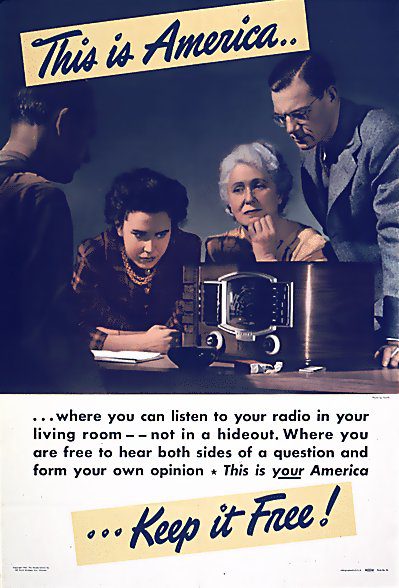
(Wikimedia Commons public domain image)
Dr. Stanford Carmack will be our guest for the first hour of the program when Martin Tanner and I host the Interpreter Radio Show this weekend from 7 PM to 9 PM on Sunday, Utah time. Here are his four most recent articles for Interpreter: A Journal of Latter-day Saint Faith and Scholarship:
“Pitfalls of the Ngram Viewer”
Abstract: Google’s Ngram Viewer often gives a distorted view of the popularity of cultural/religious phrases during the early 19th century and before. Other larger textual sources can provide a truer picture of relevant usage patterns of various content-rich phrases that occur in the Book of Mormon. Such an approach suggests that almost all of its phraseology fits comfortably within its syntactic framework, which is mostly early modern in character.
“Bad Grammar in the Book of Mormon Found in Early English Bibles”
Abstract: This study describes ten types of grammatical usage found in early modern Bibles with correlates in the original text of the Book of Mormon. In some cases Joseph Smith’s own language could have produced the matching grammar, but in other cases his own linguistic preferences were unlikely to have produced the patterns or usage found in the original text. Comparative linguistic research indicates that this grammatical correspondence shouldn’t be a surprise, since plenty of Book of Mormon syntax matches structures and patterns found in Early Modern English.
“Is the Book of Mormon a Pseudo-Archaic Text?”
Abstract: In recent years the Book of Mormon has been compared to pseudo-biblical texts like Gilbert J. Hunt’s The Late War (1816). Some have found strong linguistic correspondence and declared that there is an authorial relationship. However, comparative linguistic studies performed to date have focused on data with low probative value vis-à-vis the question of authorship. What has been lacking is non-trivial descriptive linguistic analysis that focuses on less contextual and more complex types of data, such as syntax and morphosyntax (grammatical features such as verb agreement and inflection), as well as data less obviously biblical and/or less susceptible to conscious manipulation. Those are the kinds of linguistic studies that have greater probative value in relation to authorship, and that can determine whether Joseph Smith might have been able to produce Book of Mormon grammar. In order to determine whether it is a good match with the form and structure of pseudo-biblical writings, I investigate nearly 10 kinds of syntax and morphosyntax that occur in the Book of Mormon and the King James Bible, comparing their usage with each other and with that of four pseudo-biblical texts. Findings are summarized toward the end of the article, along with some observations on biblical hypercorrection and alternative LDS views on Book of Mormon language.
“Barlow on Book of Mormon Language: An Examination of Some Strained Grammar”
Abstract: Comments made by Philip Barlow on Book of Mormon language for an Oxford-published book are examined. Inaccuracies are pointed out, and some examples are given that show matching with 1611 King James usage as well as with other earlier usage. One important conclusion that can be drawn from this study is that those who wish to critique the English language of the Book of Mormon need to take the subject more seriously and approach it with genuine scholarship, instead of repeating earlier errors. This has a direct bearing on forming accurate views of Joseph Smith and Book of Mormon translation.












